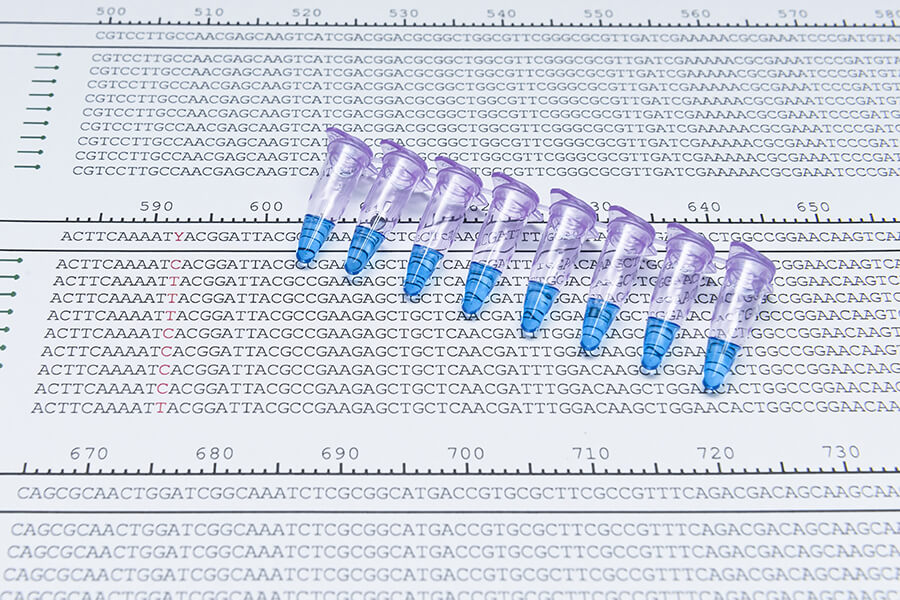This is a lesson summary. The full lesson can be viewed by purchasing an online course subscription.
Learning Objective
In this lesson we will learn about genetic mutations and the different ways they can be classified.
Learning Outcomes
By the end of this lesson you will be able to:
- Explain what a mutation is and compare the different types, including:
- Chromosomal mutations and DNA mutations
- Spontaneous mutations and induced mutations
- Somatic mutations and gametic mutations
- Harmful, beneficial and neutral mutations
- Identify different types of chromosomal mutations: deletions, duplications, inversions, insertions and translocations.
- Identify different types of DNA mutations: substitutions, insertions and deletions.

(Image: HYUNGKEUN, Adobe Stock)
Lesson Summary
- A genetic mutation is an alteration of the genetic composition of a cell or individual.
- Chromosomal mutations involve sections of chromosomes or whole chromosomes. They include:
- Deletions – the removal of a section of a chromosome.
- Duplications – the copying of a section of a chromosome.
- Inversions – the reversal of the orientation of a section of a chromosome.
- Insertions – the transfer of a section of a chromosome.
- Translocations – the exchange of sections of chromosomes.
- DNA mutations involve individual genes or sites between genes. They include:
- Substitutions – the replacement of a single nucleotide by another.
- Insertions – the addition of one or more nucleotides.
- Deletions – the removal of one or more nucleotides.
- Spontaneous mutations are caused by errors within a cell.
- Induced mutations are caused by mutagens, including radiation, chemicals and biological agents.
- Somatic mutations originate in body cells.
- They cannot be passed on to future generations.
- Gametic mutations (germline mutations) originate in sex cells.
- They can be passed on to future generations.
- Harmful mutations (deleterious mutations) decrease the fitness and survivability of individuals.
- Beneficial mutations (advantageous mutations) increase the fitness and survivability of individuals.
- Neutral mutations have no effect on the fitness and survivability of individuals.

(Image: Eric Isselée, Adobe Stock)
(Header Image: nobeastsofierce, Adobe Stock)
